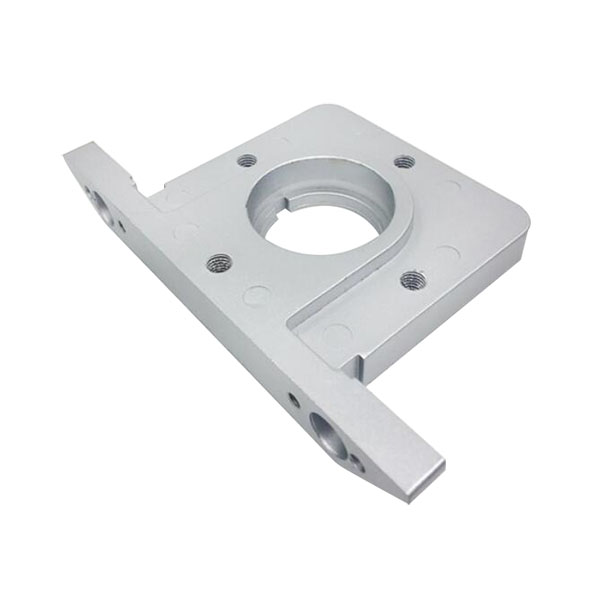Applications of Precision CNC Turning Parts
2024-07-12
Precision CNC turning parts refer to components manufactured through CNC (Computer Numerical Control) turning processes, which involve the use of computer-controlled lathes to create precise and complex shapes from raw materials. Here are the key aspects and characteristics of precision CNC turning parts:
CNC Turning Process
1. Computer Numerical Control (CNC)
- CNC turning utilizes computerized controls to operate lathes and machining tools.
- CAD (Computer-Aided Design) software is used to create detailed part designs, which are then translated into machine code (G-code) for CNC machines to execute.
2. Turning Operation
- Workpiece Setup: A cylindrical workpiece (often metal or plastic) is mounted on a lathe.
- Cutting Tools: Various cutting tools, including drills, boring tools, and turning tools, are used to shape the material as it rotates against the cutting tool.
- Precision Control: CNC machines offer high precision and repeatability, allowing for intricate geometries and tight tolerances to be achieved.
Characteristics of CNC Turning Parts
1. Material Compatibility
- CNC turning parts can be fabricated from a wide range of materials, including metals (such as aluminum, steel, titanium), plastics (such as nylon, PVC), and composite materials.
- Material selection depends on the specific application requirements for strength, durability, heat resistance, and other properties.
2. Complex Geometries
- CNC turning allows for the production of components with complex shapes, contours, and internal features that may be challenging or impossible to achieve with traditional machining methods.
- Examples include threaded parts, shafts, bushings, fittings, and custom components used in various industries.
3. Surface Finish and Tolerances
- CNC turning can achieve precise surface finishes, ranging from rough to polished, depending on the application's requirements.
- Tolerances can be held to tight specifications, ensuring parts meet exact dimensional requirements for fit, function, and assembly.
4. Customization and Versatility
- CNC turning parts can be customized to meet specific design specifications and production volumes, from prototyping to high-volume production.
- Versatile for producing one-off prototypes, small batches, or large-scale production runs with consistent quality and performance.
Applications
- Automotive Industry: Engine components, transmission parts, shafts, and fittings.
- Aerospace and Defense: Precision parts for aircraft, satellites, and military equipment.
- Medical Devices: Surgical instruments, implants, and components requiring biocompatibility and precision.
- Electronics: Connectors, housings, and components for consumer electronics and industrial equipment.
Considerations
- Design Optimization: Collaborative design efforts to optimize part geometry for CNC turning capabilities and manufacturing efficiency.
- Material Selection: Choose materials based on mechanical properties, environmental factors, and regulatory requirements.
- Quality Control: Implement rigorous inspection and quality assurance processes to ensure CNC turning parts meet specified tolerances and performance criteria.
Summary
Precision CNC turning parts are essential components manufactured with high accuracy and repeatability using CNC technology. They are integral in various industries for producing complex geometries, achieving tight tolerances, and ensuring reliable performance in diverse applications. Understanding the capabilities of CNC turning processes and selecting the right materials are crucial for delivering components that meet stringent quality standards and functional requirements across different industrial sectors.



